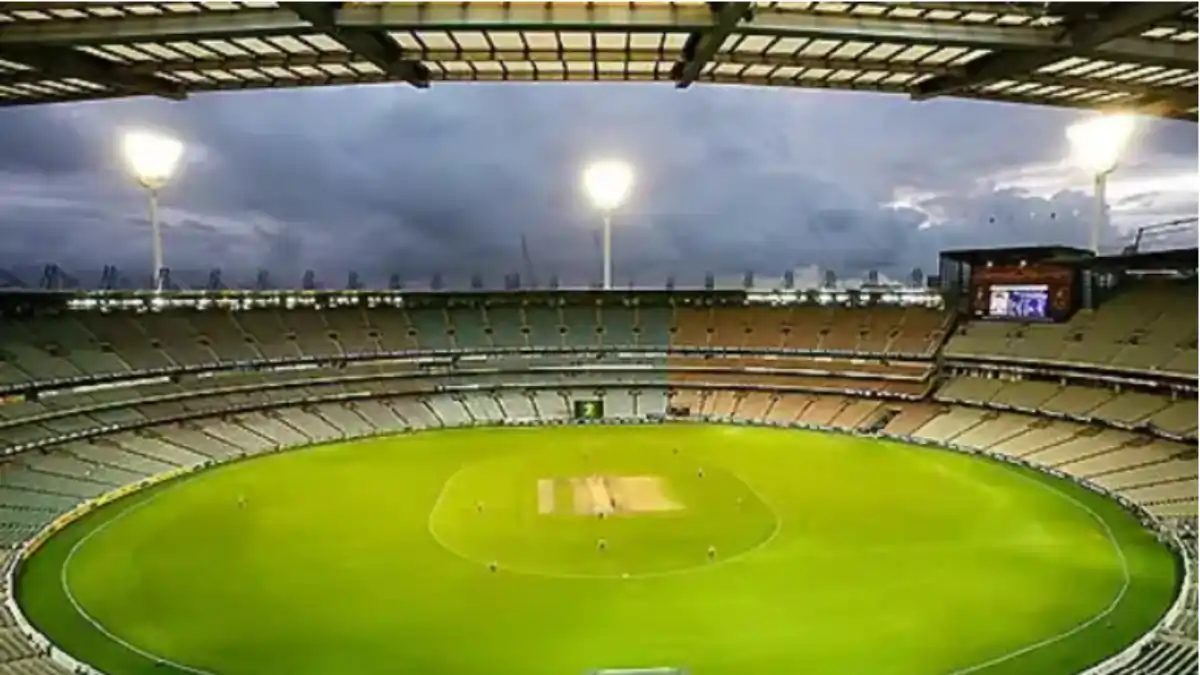Cricket is a sport that is deeply ingrained in Indian culture. It is a game that is played in all corners of the country, from the dusty pitches of small villages to the manicured lawns of international stadiums. However, the impact of climate change is increasingly threatening the future of cricket in India. Rising temperatures, erratic rainfall patterns, and more frequent extreme weather events are all taking a toll on the country’s cricket grounds.
One of the ways that cricket fans in India can stay connected to the game is through live cricket betting. 4Bet is a popular online platform that offers a wide range of betting options on cricket matches around the world. With 4Bet live cricket betting, fans can bet on the outcome of matches, individual player performances, and even the number of runs scored in a particular over.
In response to these challenges, a number of Indian cricket grounds are undergoing a process of adaptation. This involves a range of measures, from installing solar panels to improve energy efficiency to developing drought-resistant grass varieties. The goal is to make these grounds more resilient to the impacts of climate change and ensure that cricket can continue to be played in India for many years to come.
The Impact of Climate Change on Cricket Grounds in India
The impact of climate change on cricket grounds in India is already being felt. Rising temperatures are making it more difficult for players to perform at their best, and erratic rainfall patterns are disrupting matches and training sessions. In addition, more frequent extreme weather events, such as heatwaves and floods, are posing a serious threat to the infrastructure of cricket grounds.
Adaptation Measures Being Implemented by Indian Cricket Grounds
A number of Indian cricket grounds are taking steps to adapt to the impacts of climate change. These measures include:
- Installing solar panels to improve energy efficiency;
- Developing drought-resistant grass varieties;
- Improving irrigation systems;
- Installing rainwater harvesting systems;
- Constructing flood protection barriers.
These measures are helping to make cricket grounds in India more resilient to the impacts of climate change. However, more needs to be done to ensure that cricket can continue to be played in the country in the face of rising temperatures and more extreme weather events.
The Economic Impact of Climate Change on Cricket
Climate change can have a significant economic impact on cricket in India. Disrupted matches, damaged infrastructure, and reduced spectator attendance can all lead to financial losses. It is essential for cricket authorities to invest in adaptation measures to protect the economic viability of the sport.
The Importance of Sustainability
Beyond the immediate challenges of climate change, it is also important to consider the long-term sustainability of cricket. By adopting sustainable practices, such as reducing water consumption and minimizing the use of pesticides, cricket grounds can contribute to environmental protection.
The Future of Cricket in India

The future of cricket in India is uncertain. The sport is facing a number of challenges, including the impact of climate change. However, there is hope that the adaptation measures being implemented by Indian cricket grounds will help to ensure that the game can continue to be played in the country for many years to come.
It is also important to note that the future of cricket in India will depend on the actions of individuals and organizations around the world. By reducing our greenhouse gas emissions and taking steps to protect the environment, we can help to mitigate the impacts of climate change and ensure that cricket remains a popular sport in India for generations to come.
Conclusion
Cricket is a sport that is deeply ingrained in Indian culture. However, the impact of climate change is increasingly threatening the future of cricket in India. Rising temperatures, erratic rainfall patterns, and more frequent extreme weather events are all taking a toll on the country’s cricket grounds.
In response to these challenges, a number of Indian cricket grounds are undergoing a process of adaptation. This involves a range of measures, from installing solar panels to improve energy efficiency to developing drought-resistant grass varieties. The goal is to make these grounds more resilient to the impacts of climate change and ensure that cricket can continue to be played in India for many years to come.
ADVICE AND WARNING:
Disclaimer: Gambling involves an element of financial risk and may be addictive. Please play responsibly and at your own risk. This post contains material that may or may not be legal in your country. Please play/not play subject to applicable law.
At MyFinal11 we earn our revenue from advertising. as we have users from all over the globe. We would like to offer all users of myfinal11 the following advice and warning: Be aware that gambling laws vary between states and territories. Please check your local laws before engaging in any real money gambling. This text appears on every page on myfinal11 and we believe it is an important message. Myfinal11 is a free site and we will not ask you for money its just for fun. myfinal11 takes no responsibility for actions performed by its users outside of myfinal11 or on the sites of any of its advertised partners. Myfinal11 does not condone gambling in any way.




